“Brick-and-Mortar” Retail is BORING
Okay, here’s my premise: if you can’t excite and motivate your customer enough for him/her to make the conscious decision to get in the car and make a special trip to your store, then you run the likely risk that you will either: 1. Force them to lower or compromise their expectations and purchase their plant/ garden/yard needs at a one-stop-shop chain store; 2. Force them to take the convenience path of least resistance of online purchasing (which we don’t yet play well in); or 3. Worst case scenario, the consumer will opt out of spending their money on our products completely.
Some pretty bold thoughts here, but, though it’s not meant to be all doom and gloom, it is a reality we need to face.
And recognizing the problem or opportunity is the first step to addressing it.
Setting the Stage
Going into the fourth quarter of 2015, the sun, stars and planets were in positive alignment for great sales performance with more disposable spending potential due to lower gas and heating costs, improved unemployment (now down to 4.9 percent) and higher (and increasing) average wages.
And while overall holiday sales came in a bit under original expectations, there was a significant disparity on where the sales came from; brick-and-mortar sales missed big time while online sales (think Amazon) grew beyond expectations and gained major market share.
And even the traditional brick-and-mortar chains saw their store sales suffer at the expense of their own online channel sales.
Chains like Macy’s and Kohl’s suffered big misses and lowered their 2016 forecasts Wal-Mart’s fourth quarter results showed a U.S. store 0.6 percent comp sales increase, a 0.7 percent traffic count increase and an 8 percent profit decrease (and their online sales grew 8 percent). And the retailer also lowered its sales expectations for 2016.
In addition, Wal-Mart announced the closing of 269 stores globally in 2016, with 154 of these in the U.S., including all 102 of the small store format Wal-Mart Express prototypes that started rolling out in 2011 and were seen as a major long-term growth opportunity for the company.
At the same time Wal-Mart committed it was renewing its capital investment and shifting focus to developing the company’s online platform and distribution capabilities.
Lack of Differentiation
Retailers have become more focused on making decisions based on data (not a bad thing unto itself!), but in doing so, there’s been an increasing tendency to let the numbers alone dictate decisions that impact the customer experience and the retailer’s image and brand.
Take, for example, the process of SKU rationalization (generally sales data based, an analytical process used to determine the merits of adding, retaining or deleting items from a retailer’s merchandise assortment).
While the intent is valid (minimizing inventory breadth to focus on the best selling/ROI items), it limits consumer choice and, as more retailers employ this analytical tool, all retailers’ assortments start to look the same, as best sellers for one store are probably the same for the other.
This is especially concerning for specialty retailers (think locally owned garden centers) where a critical element of differentiation from chain stores is assortment breadth and uniqueness.
In the office supply marketplace, Staples, OfficeMax and Office Depot dominate the scene. They have become so homogenized that you could change the name on any of the stores and most consumers wouldn’t be able to recognize the difference!
There’s almost no differentiation in their merchandise assortments, store layouts, merchandising or advertising.
Is there any wonder why they are trying to consolidate through mergers among these players?
Doug Stephens, a noted retail and consumer strategist, summarized the challenge for the current state of brick-and-mortar retail by saying, “Today’s retailers face a tsunami of problems, but none, in my opinion, is more deadly than the pandemic of sheer consumer boredom that shoppers are being subjected to.
“Most retail is painfully boring. In fact, the majority of store chains, malls and shopping centers have become beacons of boredom, monuments of mediocrity and havens of ho hum.”
Getting It Right
Some retailers, however, have surmounted (or at least are making serious attempts to overcome) these challenges.
Costco … a unique business model, its merchandise sales basically break even to cover the store’s operating costs; almost all of its profits come from club membership fees, so the focus is on creating sustained customer value.
Costco does almost no external marketing, has a 93 percent membership retention rate and adds new members by word-of-mouth endorsements from its current members.
Despite the high pack sizes in the product assortments, Costco has a relatively high shop frequency because of the excitement generated by the ever-changing treasure hunt mentality and road shows featuring potential new vendors Personally, I always budget $50 more per visit just because I know I’m going to find something to buy that wasn’t on my shopping list.
Target, since its Canadian expansion debacle and credit card hacking challenges, has gotten its mojo back.
Re-focused now on children’s, home, wellness and fashion, Target has differentiated its assortments, maintained the company’s value image and expanded and increased the frequency of the time-limited designer home and fashion programs to add a sense of urgency to the shopping experience.
These, combined with great signage and merchandising, and crisp store execution, all make for a pleasant shopping experience.
Go in for a tube of toothpaste and a roll of toilet paper and end up browsing the store and end up at the registers with a $75 basket full of stuff.
Marshall’s/TJMaxx … name brands, excellent quality, rotating assortments, value pricing and a pleasing store experience create that treasure hunt experience that creates excitement and builds shopper frequency.
Definitely not boring!
Creating Your Success
The challenge free-standing locally owned garden centers have is even more problematic; you are truly a destination where a consumer usually has a definite need for a specific product and isn’t coming in just to browse.
When the temperatures rise and the sun comes out, your competition is not only the big box down the street, but all of the other outdoor sporting and leisure activities that excite your customer.
What do you offer that can positively motivate him/her to make that special trip to your store?
What have you done to ensure that your customer loves to visit?
And how have you communicated this to him/ her on a consistent basis to keep you top of mind and the preferred choice?
Pam Danziger, founder of the consumer research firm Unity Marketing, states, “Success in specialty retail is less about what you sell, and more about how you sell it!”
The shopping experience, the store environment and communicating the real value of what you offer are the keys to setting yourself apart and truly providing the needed differentiation in the consumers’ minds.
Brick-and-mortar retail is far from being dead, but it has become boring, especially when one considers all of the other shopping channels and alternatives at the consumer’s fingertips.
Finding ways to add excitement, a sense of urgency, some fun and differentiation from the prevailing mediocrity and boredom the consumer is experiencing are major steps in your path to success …

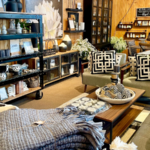




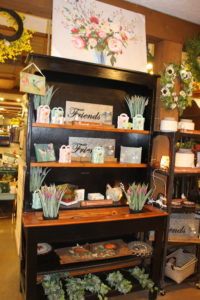
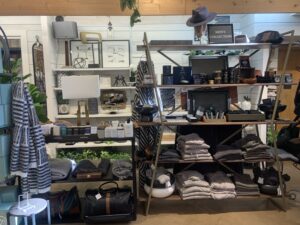
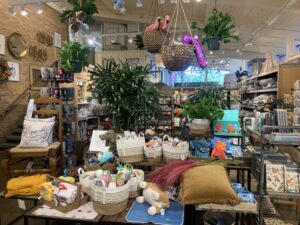
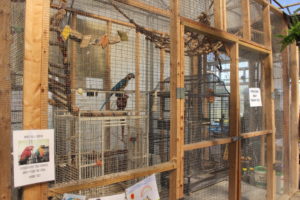
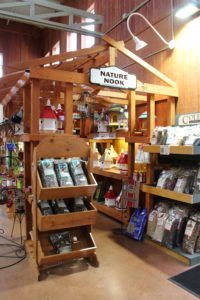


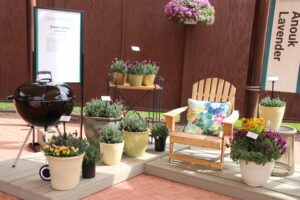

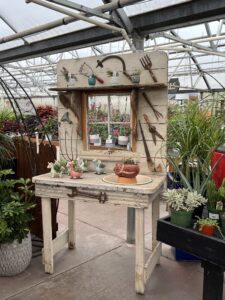
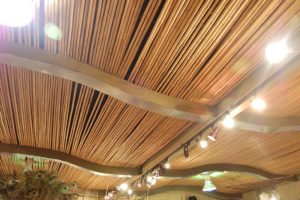

 Videos
Videos





